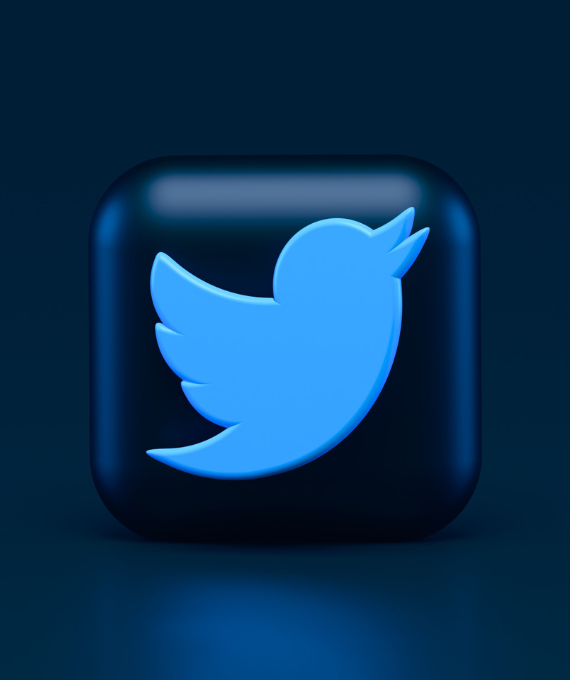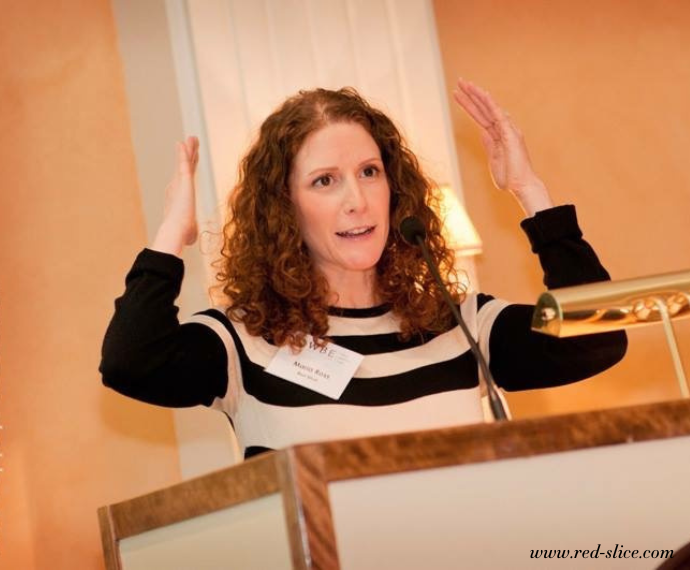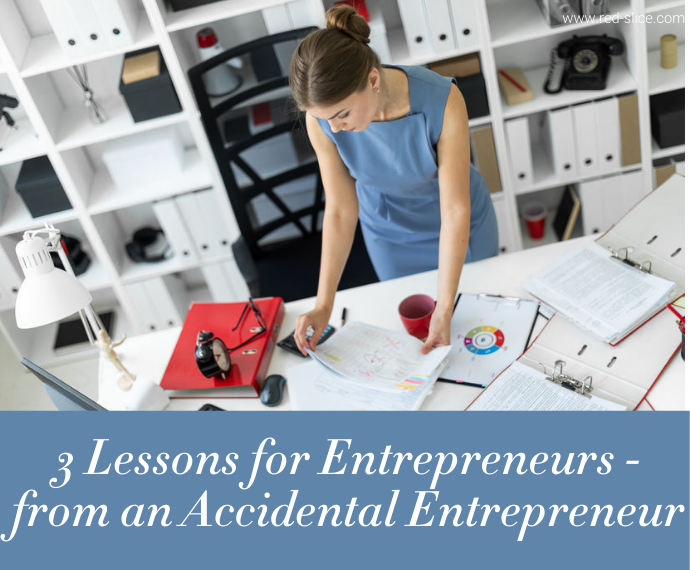
How do your employees work best? Well, it requires leadership empathy to understand your team best and help them thrive. Today’s guest post addresses the hot question right now of going hybrid or not is the recipe for future performance success. Guest Blogger Stephanie Hendricks is a full time freelance contributor to many leading small business growth publications. Including SmallBizTrends, SMBCEO, and Noobpreneur. In her free time, she enjoys traveling the American West in her sprinter van with her dogs.
When COVID first struck, most businesses wouldn’t allow their employees to work from home. For the most part, they simply didn’t want to relinquish control. There were also questions of efficiency.
Although remote work proved extremely lucrative, reducing office costs and other expenses, most companies couldn’t wait to bring people back. Unfortunately for them, some employees got used to the idea of working from home. Economic data indicates that this approach is the best option for both sides.
In this article, we’ll analyze whether or not working from home is actually worth it. Check it out!
Tackling the fears
So far, several studies have analyzed the impact of remote work. Given that most companies had to send their employees home, we have ample data to make some conclusions. Here are some general data:
- 51% of companies declared they’ll return their workforce to offices within the next year.
- 53% of workers have had at least one infection in the office since they all returned.
- Approximately 20% of employees now have a hybrid schedule.
One of the major concerns for employees is how they would adjust mentally to the newfound situation. Every third person said they were happy to return to the office. Interestingly enough, one-third of the workforce doesn’t want to come back. So, we’re split even in that regard.
Aside from the fear of COVID, there are other reasons why people don’t want to come back. For example, they’ve seen how productive remote working can be. During this period, employees experienced less stress and had more time for family and friends.
There are also less common reasons why some people don’t want to return.
“Employees that work in an esthetically unappealing environment are less willing to return,” according to the Collection, a premium office rental in Los Angeles. According to their data, the quality of the workspace has an enormous impact on employees. After enjoying all this time at home, they don’t want to return to a gloomy environment.
Impact on productivity
The reason why most companies wouldn’t let their employees go home is that they feared losing productivity. And truth be told, some teams really struggled to meet their deadlines. This isn’t particularly surprising, given all the comforts and the lack of control.
But, there were also opposite cases. Some people worked even harder as they had much more free time on their hands. Among others, they felt free and didn’t experience the same level of stress as they would in the office.
Here is some data that would interest you:
- According to a smaller Ergotron study, 40% of people worked longer while at home. The National Bureau of Economic Research shows something similar. According to them, the average work day was prolonged by 48.5 minutes during peak COVID. Based on that calculation, a person that has a 40-hour work week would annually work extra 193 days.
- Another positive improvement has to do with balancing a job with personal life. According to the same Ergotron study, 75% of people said they’re now more productive at work while having much more time for their family. A few other studies corroborated similar data.
- As previously mentioned, remote work also had a major positive impact on stress or, better yet, lack thereof. Out of all the people working from home, 29% experienced moderate job-related stress. This is down from 33% in 2019 when employees were still in the offices. Remote work had a similar impact on extreme stress, and these numbers fell from 17% in 2019 to 15% just a year later.
Other important figures
Based on everything we’ve shown you so far, it seems that remote work is fantastic for employees and companies alike. Here are some other interesting tidbits that favor working from home:
- Employees were able to save 8.5 hours every week just because they didn’t have to commute. Annually, this would accumulate to 408 hours saved.
- One of the reasons why remote work was so efficient for companies is because it allowed them to eliminate social interaction. For 70% of employees, social interaction is every bit as important as getting their work done.
- Aside from having a positive impact on mental health, working from home was better for physical health. People who don’t visit the office exercise 30 minutes more during the work week.
- Approximately 62% of employees have to work alone to reach maximum efficiency. That being said, being at home allows them to reach their maximum potential.












